We are pretty sure that by now, many of you will know that the Fehmarn Belt tunnel – the world’s longest immersed tunnel – will:
- Create a shorter link between Scandinavia and continental Europe – a green shortcut boosting the modal shift from road to rail
- Play a crucial role in the modernisation of European infrastructure, removing a major bottleneck along our Corridor
- Pave the way for a new, integrated megaregion of 10 million inhabitants spanning from Copenhagen/Malmö to Hamburg.
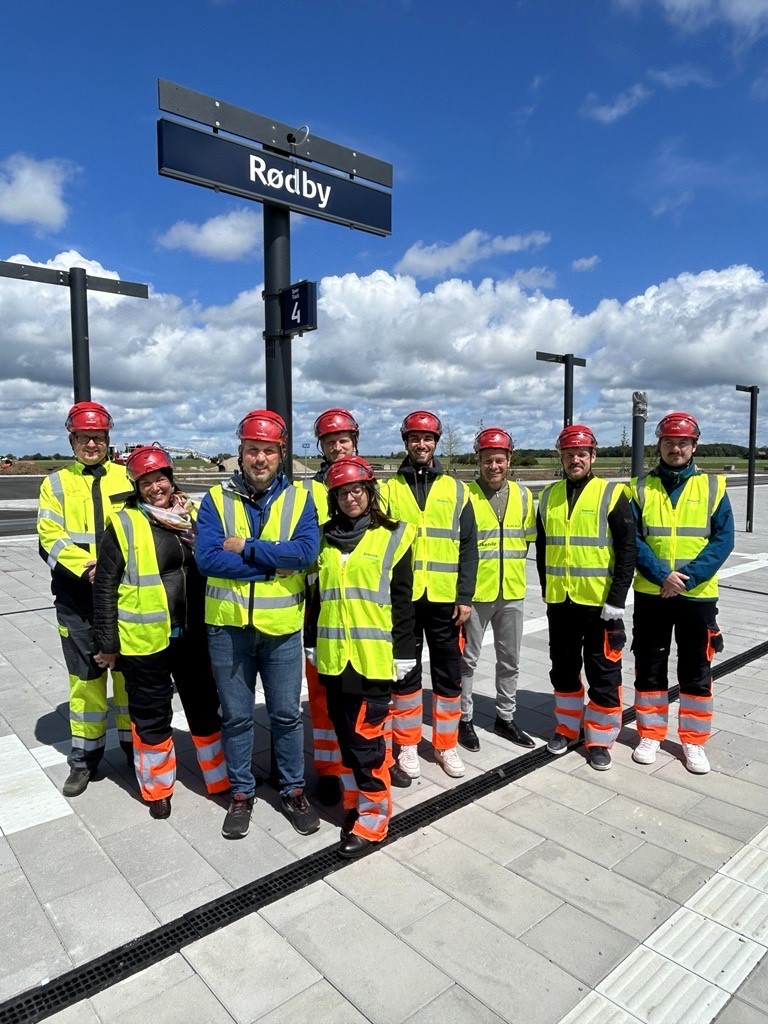
However, as the ScanMed Team visited Femern AS headquarters in Rødby and had a sneak peek at the construction site on Wednesday, we got a lot of new information. Curious to know more? Keep reading!
The Fehmarn Belt tunnel represents the third key transport infrastructure project in Denmark, after the Storebælt bridge and the Øresund bridge. All three projects are brought forward by Sund & Bælt AS, owned by the Danish State, of which Femern AS is the offspring building the tunnel. However, the latter is only a piece of the new Fixed Link. To properly reap the infrastructure’s full potential, Banedanmark is also upgrading the existing railway between Ringsted and Holeby. Works on this 115-km-long section include full electrification, the upgrade to double track, improvements to increase the speed limit to 200 km/h, the building of the new Storstrøm bridge, and the construction of a new Rødby station at Holeby.
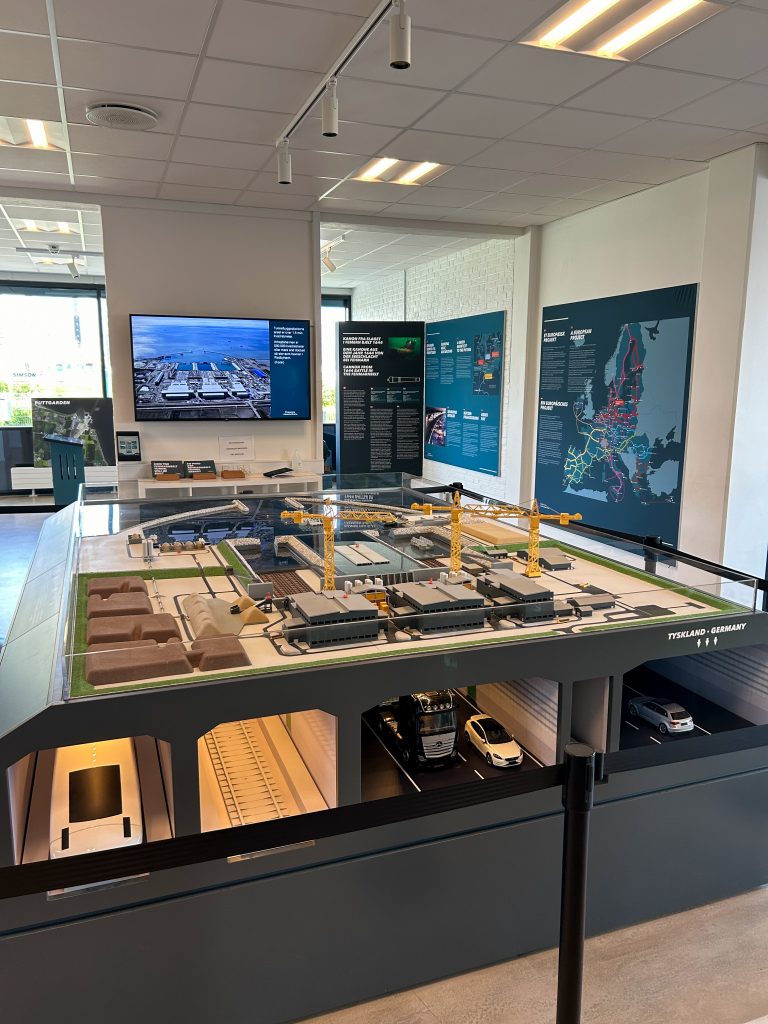
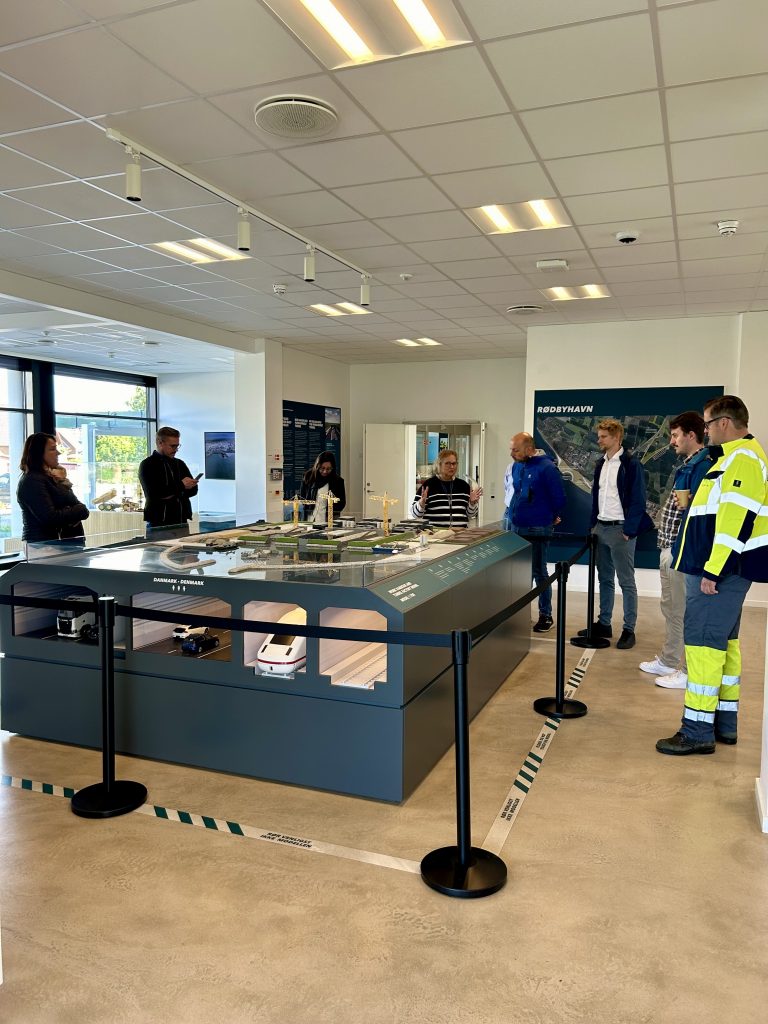
Moreover, Sund & Bælt is building overtaking tracks at Kalvebod in Copenhagen, which will handle the expected increased number of freight trains coming from Germany and allow for freight trains up to 1,050 m. Finally, the company is also expanding the railway station at Copenhagen Airport, providing it with two new platforms as well as points with expanded capacity and improved handling of trains headed to the rest of Denmark and Sweden. Meanwhile, on the other side of the Fehmarn Belt, DB InfraGO is constructing the new 88-km-long Puttgarden-Lübeck railway, which will include the new doubletrack Fehmarnsund tunnel and will allow for an increased speed limit of 200 km/h.
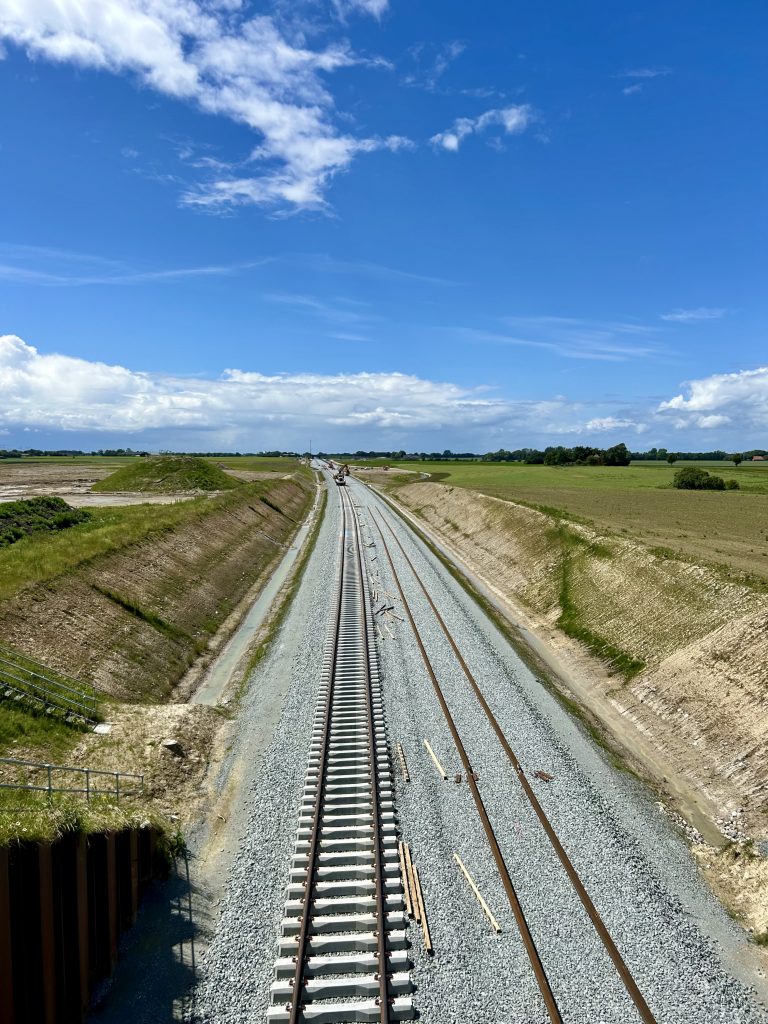
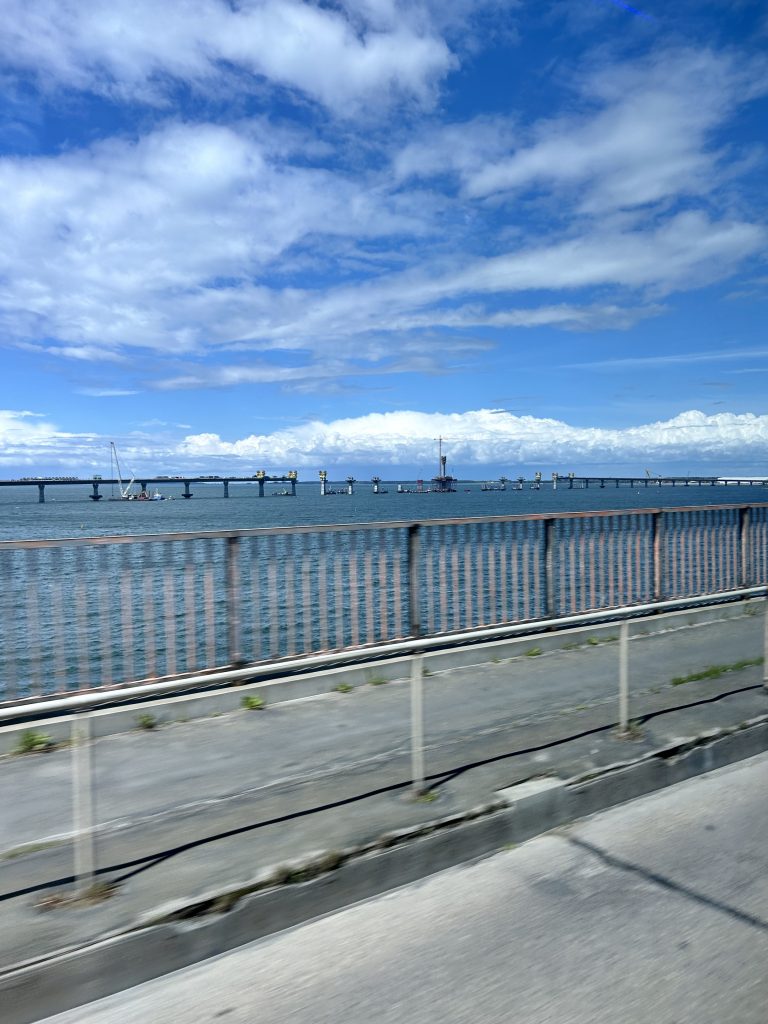
Overall, these infrastructure projects will significantly reduce the travel time by train between destinations on the route, benefitting commuters between Copenhagen and Hamburg, offering companies access to a larger workforce, encouraging people to move outside cities, and boosting tourism. Whereas today it takes about one hour to cross the Fehmarn Belt, in the future that time will be lowered to less than 10 minutes. Trains travelling from Copenhagen will then be able to reach Hamburg in just 2,5 hours, Berlin in 5 hours, and Frankfurt in 7 hours. Pretty fast!
This infrastructure project is also a model for sustainable financing, as it will be the tunnel’s users – rather than taxpayers – who will pay its €7.1 billion bill. The tunnel is being built through state-guaranteed loans which will be repaid over time using the revenue generated from toll charges. However, given the project’s importance for the EU’s transport and climate policies, the Fixed Link is also receiving funding from the European Commission, which granted it roughly €1.2 billion.
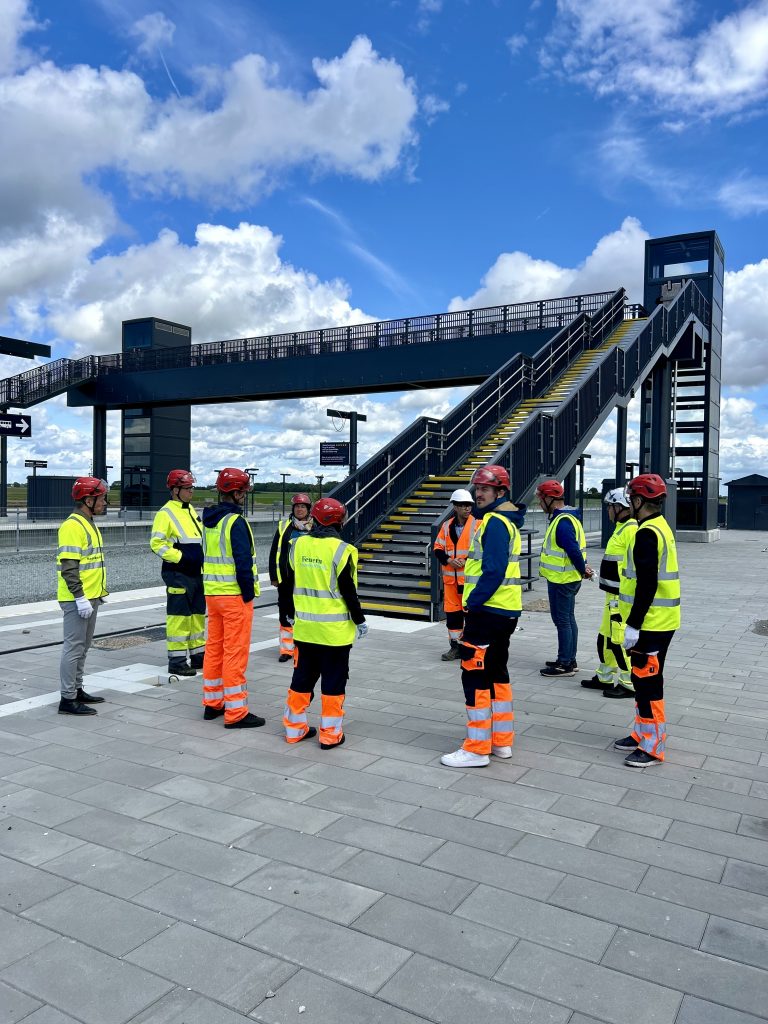
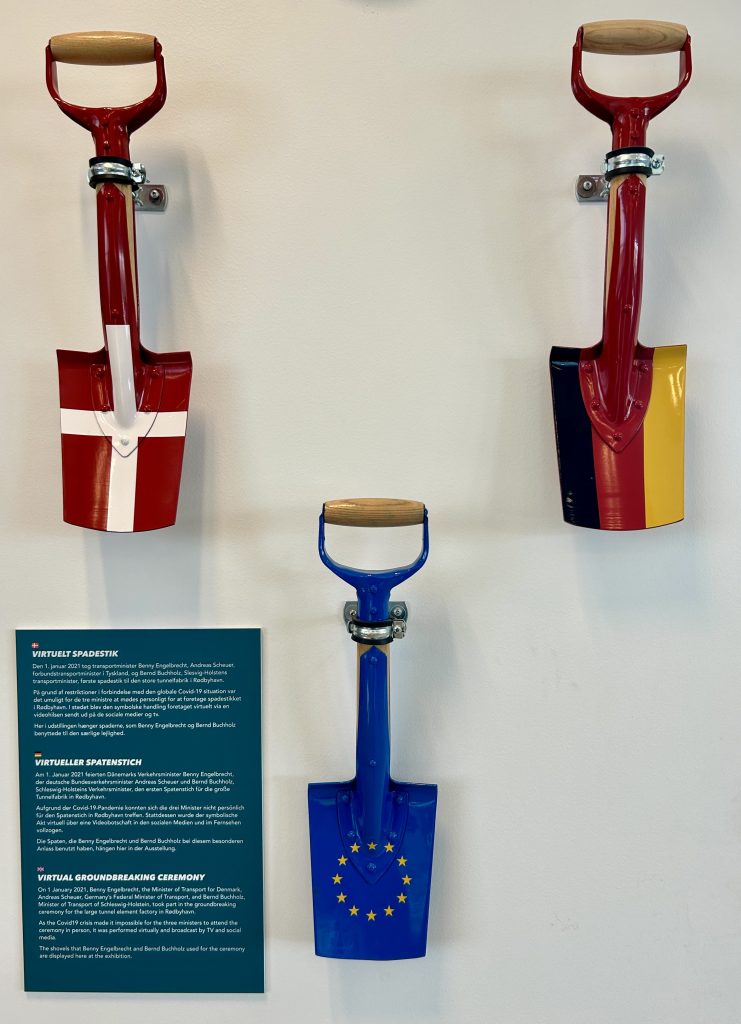
Overall, we were extremely impressed by our visit. The sheer size of investments, construction techniques, financing model, time schedule, safety measures, and environmental standards make this project truly innovative and forward-looking. As ScanMed RFC, we can only praise the close cross-border cooperation which is underpinning the works and are proud to have set up a platform to extend and reinforce such cooperation further. We would like to thank Klaus S. Jørgensen and the Femern AS team for their impeccable hospitality and for all the insights they gave us. Rødby, we will be back!

